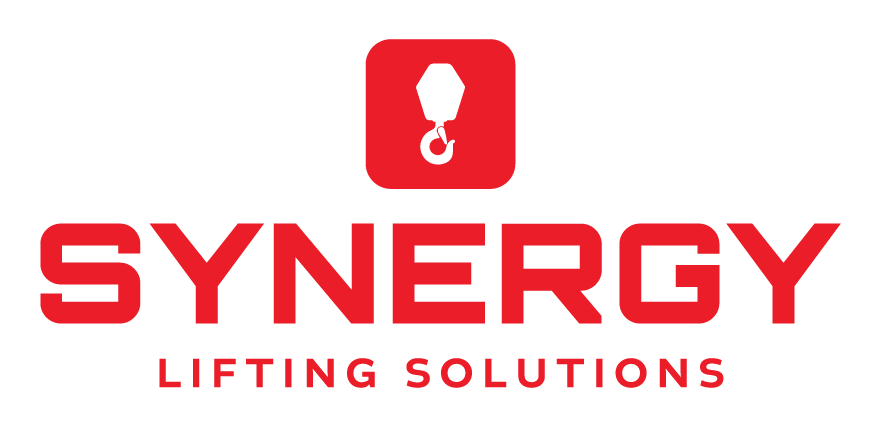Crane Types
There are four main types of tower cranes commonly used in the UK: Hammerhead, Luffing Jib, Self-Erecting, and Mobile Tower Cranes. Hammerhead cranes have a fixed horizontal jib, while luffing jib cranes have a movable jib. Self-erecting cranes are ideal for smaller sites with limited space, while mobile tower cranes are used for more extensive projects where mobility is required.
Sectors of Operation
Tower cranes are used in various sectors, including commercial, residential, industrial, and infrastructure projects. They are commonly used in the construction of high-rise buildings, bridges, and power stations. They are also used for off-shore oil rig construction, shipbuilding, and maintenance.
Appointed Person
The Appointed Person is a crucial member of the team responsible for the planning and execution of lifting operations. Their role is to ensure that lifting operations are carried out safely and efficiently. They must have a thorough understanding of the crane’s capabilities, the site conditions, and the load to be lifted.
Crane Supervisor
The Crane Supervisor is responsible for supervising the crane operator and the lifting operation. They ensure that the crane is operated safely and efficiently, and that the load is lifted and moved correctly. They also oversee the work of the slinger and signaller.
Slinger
The Slinger is responsible for attaching and detaching the load to the crane’s hook. They must have a thorough understanding of the load and the equipment used to lift it. They work closely with the crane operator and the signaller to ensure that the load is lifted and moved safely.
Signaller
The Signaller communicates with the crane operator and the Slinger during lifting operations. Their role is to provide signals to the crane operator, indicating when to start, stop, or change the lifting operation. They must have a clear line of sight of the crane and the load to be lifted.
Erection and Dismantle
Tower crane erection and dismantle are critical operations that require careful planning and execution. The process involves the use of heavy lifting equipment, and it is essential to ensure that it is carried out safely and efficiently. The crane supplier will typically provide a team of experienced personnel to carry out the erection and dismantle.
In Summary
Tower crane hire is an essential part of the construction industry in the UK. With various types of cranes available, each designed to meet specific needs, it is crucial to choose the right crane for the job. The Appointed Person, Crane Supervisor, Slinger, and Signaller all play a crucial role in ensuring that lifting operations are carried out safely and efficiently. Finally, the erection and dismantle of the crane are critical operations that require careful planning and execution to ensure a safe and efficient process.
TOWER CRANES – FREQUENTLY ASKED QUESTIONS
The cost of hiring a tower crane can vary depending on various factors, such as the type of crane, duration of hire, location, and additional services required. It is important to get a detailed quote from a reputable crane hire company, including any potential additional costs, to accurately budget for the hire.
Health and safety should be a top priority when hiring a tower crane. A thorough risk assessment and method statement should be completed, and all operators and personnel should receive appropriate training and certification. Regular inspections and maintenance should be carried out, and safety measures such as barriers, warning signs, and alarms should be implemented.
Before a tower crane can be erected on site, a thorough site inspection should be conducted to assess the ground conditions, access, and any potential obstacles or hazards. The crane hire company should also inspect the site to ensure that the chosen crane is suitable for the project and that it can be safely erected and operated.
The time it takes to assemble a tower crane can vary depending on the type of crane and the site conditions. However, as a rough estimate, it can take between 1 to 3 days to assemble a typical tower crane. The crane hire company should provide a detailed schedule of works to ensure that the crane is erected in a timely and safe manner.
There are several types of tower cranes available, including self-erecting cranes, top-slewing cranes, and flat-top cranes. Each type of crane has its own unique features and benefits, and different cranes are suitable for different sectors of operation, such as construction, mining, and offshore industries. A reputable crane hire company will be able to advise on the best type of crane for your specific project requirements.

